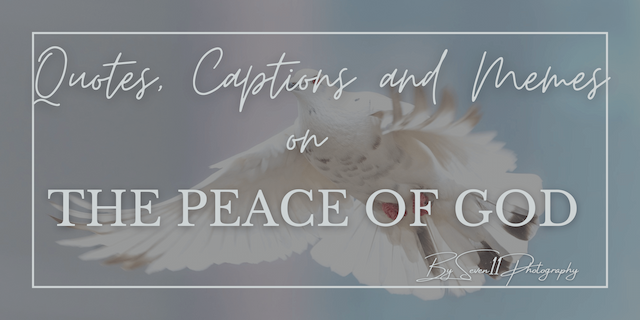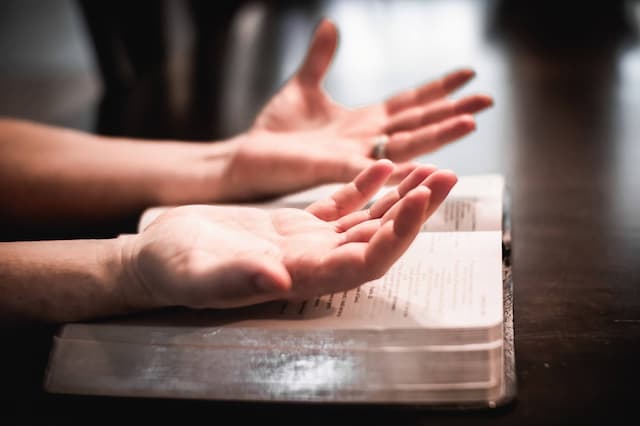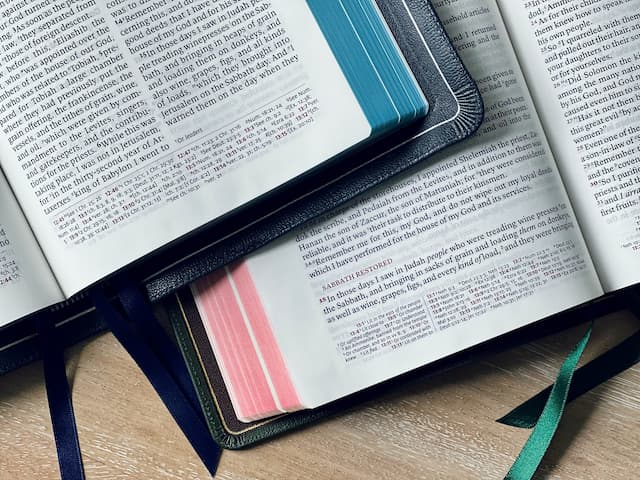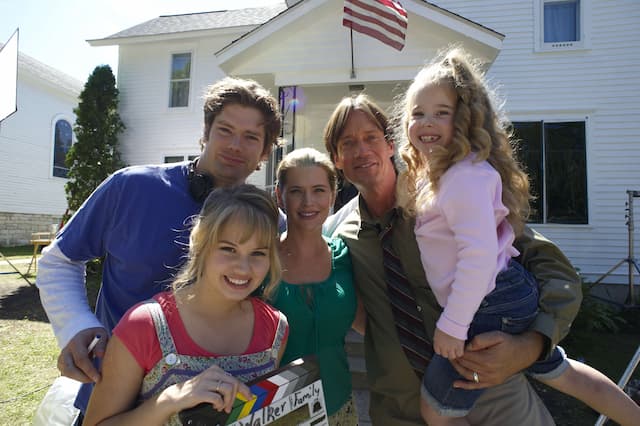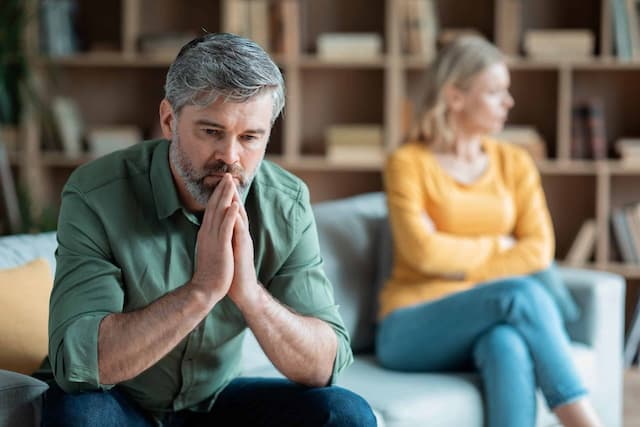Do Professional Photographers Really Use Aperture Priority Mode? - Inspiration Photography and Christian Devotions

If you took our free photography course, this article’s terminology is right up your alley. If you are a beginner, this is a great article for you. However, I highly recommend you get the essentials under your belt before attacking this concept. Otherwise, some of the terms may be unfamiliar or hard to grasp right away. Either way, mastering aperture priority mode (AP Mode) is a giant leap to becoming a great and consistent professional photographer.
Exposure
In our Beginner’s course, we discuss the exposure triangle and how changing the elements of exposure effects your image. We then went through trouble shooting issues. How to change our settings to create unique and creative effects we envision in our artistic eyes. If you remember, we worked exclusively in manual mode, why? It is essential to know how to adjust every part of your camera on instinct to get exactly what you want. When you are adjusting aperture, shutter speed and ISO independently, you see and begin to understand how they are interconnected. To keep these settings instinctual, I still use manual mode in most of my photography. But if not, I guarantee I am in aperture priority mode.
What is Aperture Priority Mode?
So down to brass tax, what is aperture priority mode (AV on your mode dial)? Essentially, you are putting your ISO and shutter speed on autopilot for the camera to control while you are determining the aperture setting. Your camera will not change the aperture. To ensure proper exposure, it will adjust your shutter speed and ISO to compensate for your chosen aperture setting.
Why use it?
Why would you ever use aperture priority mode? In a perfect world, we would use manual mode all the time. However, it can be a bit slow and doesn’t automatically adjust on the fly. Let’s say you are taking pictures at a wedding. You have to bounce between a well-lit and shady part of the ceremony. In manual mode, you set your settings for the brighter area but the second you move to the shady area, you are either going to need to adjust again or you will be underexposing your shots in the shade.
With aperture priority mode, you tell the camera, “hey, I want rich bokeh, so keep my aperture at f/1.4.” Then your camera uses that aperture and adjusts your other settings each time you autofocus on a new subject. In the shade it may decrease your shutter speed a little or increase your ISO. But either way, you don’t miss a moment or potentially underexpose a shot you can never get back.
When to not use Aperture Priority Mode
Aperture priority is very consistent but not perfect. However, it can expose pictures well enough that any changes can be made in post processing. I will take that scenario any day over potentially over exposing an image and completely losing details. If you have plenty of time to take shots, have an unchanging environment, want to experiment with different looks, and your subjects aren’t moving, chances are your best bet is manual mode. A great example would be astrophotography or wide angle landscapes. Typically these are more about getting the setting perfect and taking your time to capture your vision.
Another time when AP mode may not be your best bet is with fast moving subjects. Sports and wildlife photography are more dependent on your shutter speed to capture clean images without excessive blur, AP mode is not going to keep the shutter speed consistent. The second your camera senses it needs more light, it may just drop your shutter speed down to get it. Shutter priority mode might be the better bet in these cases.
Great time to use AP Mode
DSLR shooters should love AP mode. A major downside of the DSLR to a mirrorless camera is that you cannot see how your settings are effecting your image without aping (taking an image and looking at the back of your screen to see how it turned out). AP Mode can offer DSLR shooters the instant shot they may need to not miss a moment. If you know you are shooting single subjects, setting a wide aperture in aperture priority mode means you just turn on your camera, lock in your autofocus and shoot… If you only get one shot, I would much rather it be one in AP mode; at least I know it is exposed well. Everything else can be fixed in post processing.
This isn’t to say that mirrorless shooters shouldn’t be utilizing AP mode as well! I am a Canon R shooter and use AP mode constantly! In fact, unless I am lining up a shot and can take my time, my camera is preset to AP mode with an aperture that is appropriate for my setting. The major benefit to AP mode is the ability to take a shot instantly. Street photography, portraits, weddings, travel, touring, all those good things!
Next, Two words… Low Light… This is the bread and butter of AP mode. If you need to be ready to take a picture at a moment’s notice and know that it will be in a low light situation, set that aperture as wide as you are able to (for the subject you are shooting). When you pull that camera up to take a shot, you are ready for any situation. Fiddle with your settings on the second shot.
Bonus Tip
You may think that AP mode means that ISO and Shutter have to be completely automatic, but that isn’t true! You can still set your ISO if you prefer which only leaves your shutter speed automatically set by the camera. Just go to your quick menu and it should have your aperture settings and ISO should either be a number (e.g. 100, 200, etc.) or it will say “auto.” In auto mode, the computer will decide. This is great to set if you are in a really low light situation but still need your shutter to be a bit faster. Bump that ISO up a little bit more to help speed up your shutter speed. Remember that there is always a downside to changing any setting though. Increasing ISO is going to add grain, so weigh the benefits over the costs to your images.
Wrap up on Aperture Priority Mode
And that’s it! If you took our beginners photography course, you are well on your way to mastering manual and aperture priority modes; congrats! Remember, the camera is just a tool that you use. A paint brush doesn’t make a painter an artist. You have the vision and the creativity, now we just have to get comfortable with the equipment that will capture your vision for the world to see!
Written by Jon Frederick, Lead Photographer for Seven11


